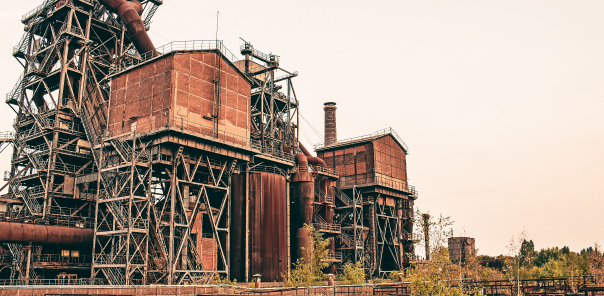Pyropower lignin is an environmentally friendly dust suppressant which can be used for general dust control in a multitude of industries, as well as, a surface stabiliser for unsealed (gravel) roads.
When applied to a well-constructed and well-drained road, it not only reduces ambient dust levels, but will also increase the longevity and reduce the maintenance cost of the road. It can also be used to reduce dust emissions from large material stockpiles.

Types Of Dust in industrial environments

The term dust is an umbrella term used to refer to all human-made minerals, fibres or the natural minerals that occur during some tasks on a construction or mining site. A few different types of dust found on these sites are.
Wood dust is caused through processing, cutting, and shredding of hardwood, softwood, chipboard and additional wood-based products like MDF (medium-density fibreboard) and plywood. Typically, carpenters are at the highest risk of inhaling wood dust and increasing their risk developing dust- related diseases such as silicosis and chronic obstructive pulmonary disease (COPD).
Non-silica dust is produced on construction and mining sites through the process of cutting through silica containing materials such as cement, limestone, plasterboard, marble, and dolomite. Non-silica dust provides a danger to the health of those working on construction and mining sites, with the potential of causing several diseases including kidney disease and lung cancer, emphasising the need to utilise effective dust suppression systems.
Silica is a natural mineral found in various products, such as mortar, cement, and concrete.
Silica dust, also known as respirable crystalline silica, is one of the most hazardous types of dust and is produced when a material undergoes a substantial alteration, such as when granite, sand, or sandstone are cut, drilled, ground, or sandblasted.
Some dust particles are more dangerous than others, but almost all on-site dust can have an impact on the health and safety of your workers. When people inhale dust particles, they are exposed to different kinds of health hazards and respiratory diseases. These include bronchitis, asthma, and chronic obstructive airway diseases. Apart from these, a person may also experience irregular heartbeats, sneezing, coughing, and irritation of the eyes when exposed to certain types of pollutants. Scarring on the lungs is one of the most common issues for workers exposed to dust.
When scar tissue builds up in your lungs, it can make breathing harder and perhaps lead to lung cancer or chronic obstructive pulmonary disease (COPD). Although some illnesses rapidly appear, the majority take a long time to be noticed. It gets more challenging to treat the damage if it is not detected early.
An effective dust control program ensures that airborne dust particles are controlled, and sufficient fresh air is available. This will prevent site workers from falling ill and failing to complete their jobs.
Looking for an effective dust suppression system for your work site? Check out our range of dust suppression chemicals and solutions or contact a member of our highly experienced team today by emailing our team at sales@phatsema-mining.co.za
Lignin works through three different actions:
Surfactant - Lowers the surface tension between liquid and solid particles, acting as a wetting agent and effectively suppressing the tendency of fines to become airborne.
Polymeric binder - Acts as a natural glue to bind the fines and aggregates together, and the polymer traps moisture which retards evaporation.
Dispersant - Ensures effective dispersion of clay particles in a matrix of fines, resulting in improved plasticity at lower moisture levels, and denser and firmer compaction of road surfaces.
